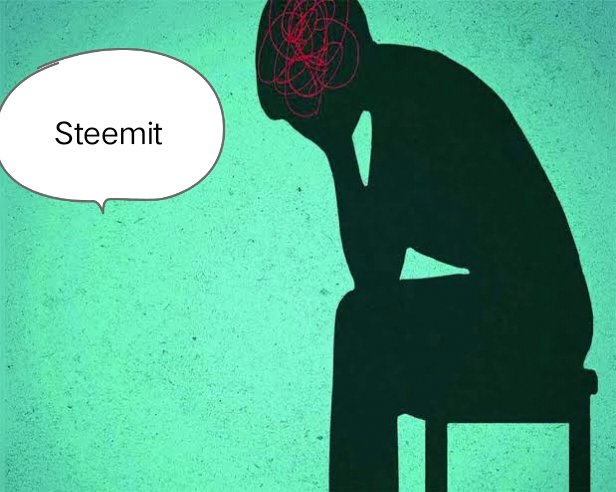Infodemiological Study On The Effect Of The COVID-19 Pandemic On Global Headache Incidence

In a recent study published in Scientific Reports, researchers reported the effect of coronavirus disease 2019 (COVID-19) on the global number of headache incidences.
Study: Infodemiological study on the impact of the COVID-19 pandemic on increased headache incidences at the world level. Image Credit: Krakenimages.Com/Shutterstock Background
Knowledge about the impact of the COVID-19 pandemic from various perspectives as well as on different geographical areas is essential to developing public health policies. However, the delay in the availability of related information or statistics to the appropriate policymakers makes it difficult to deliver timely studies and develop relevant solutions.
About the study
In the present study, researchers explored whether the incidence of headaches increased after the COVID-19 outbreak.
The team extracted Google queries related to the term ‘headache’ for the period between 15 February 2017 and 15 February 2022 across the globe. The accuracy of the results was increased by filtering a more discriminative trend analysis using ‘terms’ instead of ‘topics.’ The final dataset comprised a total of 261 weekly observations. The potential differences between the query trends post the outbreak of the COVID-19 pandemic was explored by dividing the two sub-samples into pre-COVID-19 and COVID-19 periods.
The beginning point of the COVID-19 pandemic was considered to be between 27 January and 2 February 2020. During this period, the World Health Organization declared the COVID-19 outbreak as a public health emergency of international concern on 31 January 2020, while the US implemented novel travel policies to curb COVID-19 transmission on 2 February 2020. The week between 3 February and 9 February 2020 was considered the first week of the pandemic subsample.
The team captured characteristics of the pandemic by employing an array of non-linear and linear statistical as well as machine-learning techniques, such as Holt-Winters (HW), autoregressive integrated moving average (ARIMA), exponential smoothing state-space model (ETS), structural time series (STS), the neural network autoregression (NNAR), and exponential smoothing state-space model with Box-Cox transformation, ARMA errors, trend, and seasonal components (TBATS). Subsequently, the best model based on the out-of-sample predictive ability was used to generate forecasts that acted as proxies for the development of the index of queries for the term ‘headache’ in ‘normal’ circumstances in the absence of the pandemic.
Results
The study results showed that the Holt-Winters and NNAR models provided the best forecast for the required web queries when predicting the number of web searches over the testing period. The HW model was found to be over-performing among the concurrent models tested with a statistically significant forecasting superiority. On the other hand, the ARIMA method estimated the highest forecast for the number of errors for the internet queries. Thus, HW was chosen as the optimal model for the study.
Using the HW model for the prediction of web queries over a period of six months between February to July 2020 showed increasing trends in the proportion of searches for the term ‘headache.’ This indicated that the COVID-19 pandemic was not causally related to but only accelerated the number of headache incidences. The estimates made by the HW model suggested an excess search volume index of 29 between March and July 2020.
Moreover, very high levels of search volumes were observed for the term ‘headache’ between 8 March and 26 April 2020; however, the index volumes declined consistently throughout the rest of the pandemic. This indicated that the pandemic highly affected the public well-being between March and April 2020.
Conclusion
Overall, the study findings showed that observing the search habits on the internet could provide timely data related to collective health trends to policymakers. The researchers believe that such observations can help extract valuable information related to aggregate consumer behavior for the key players in the pain management drug market.